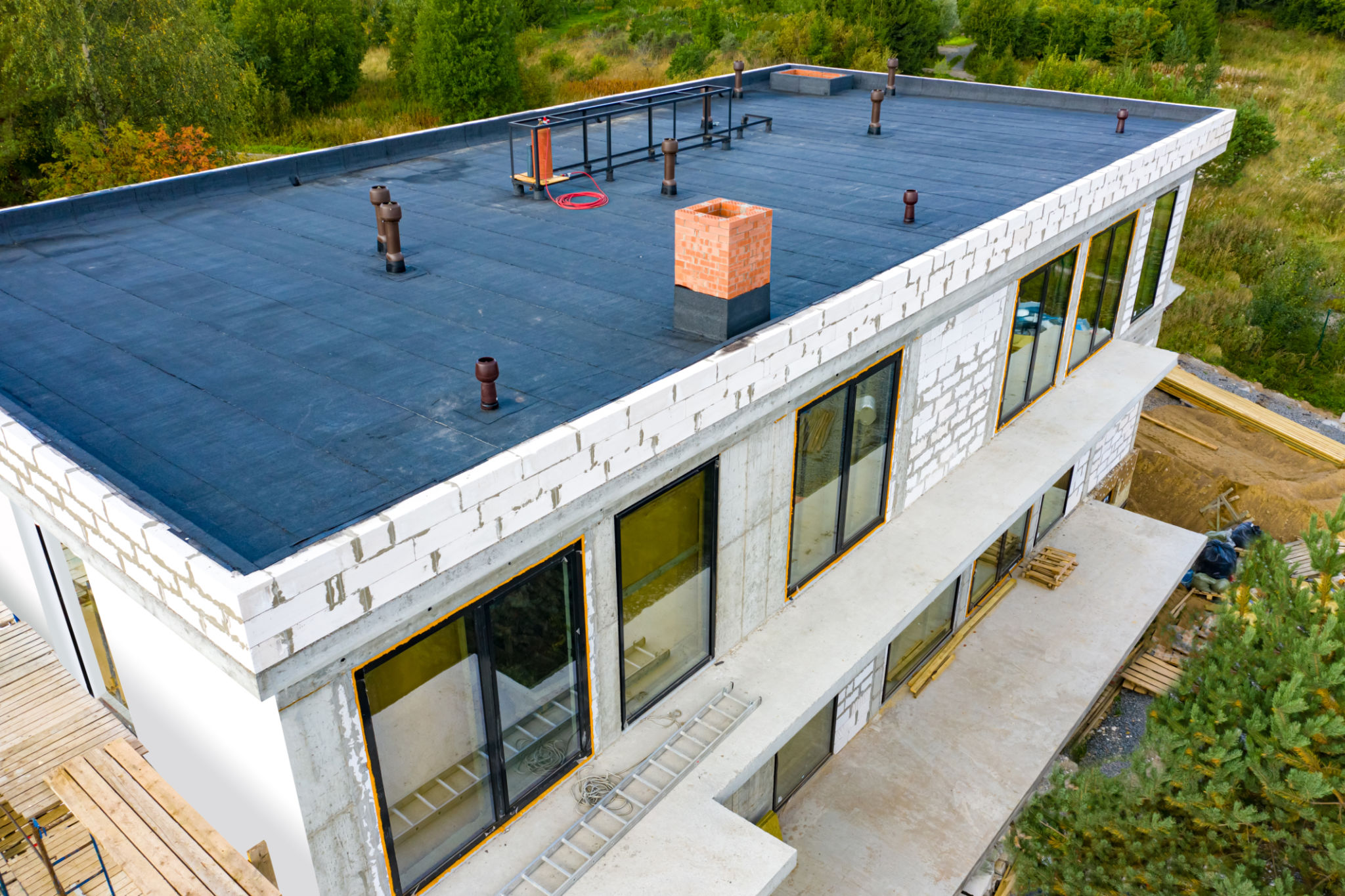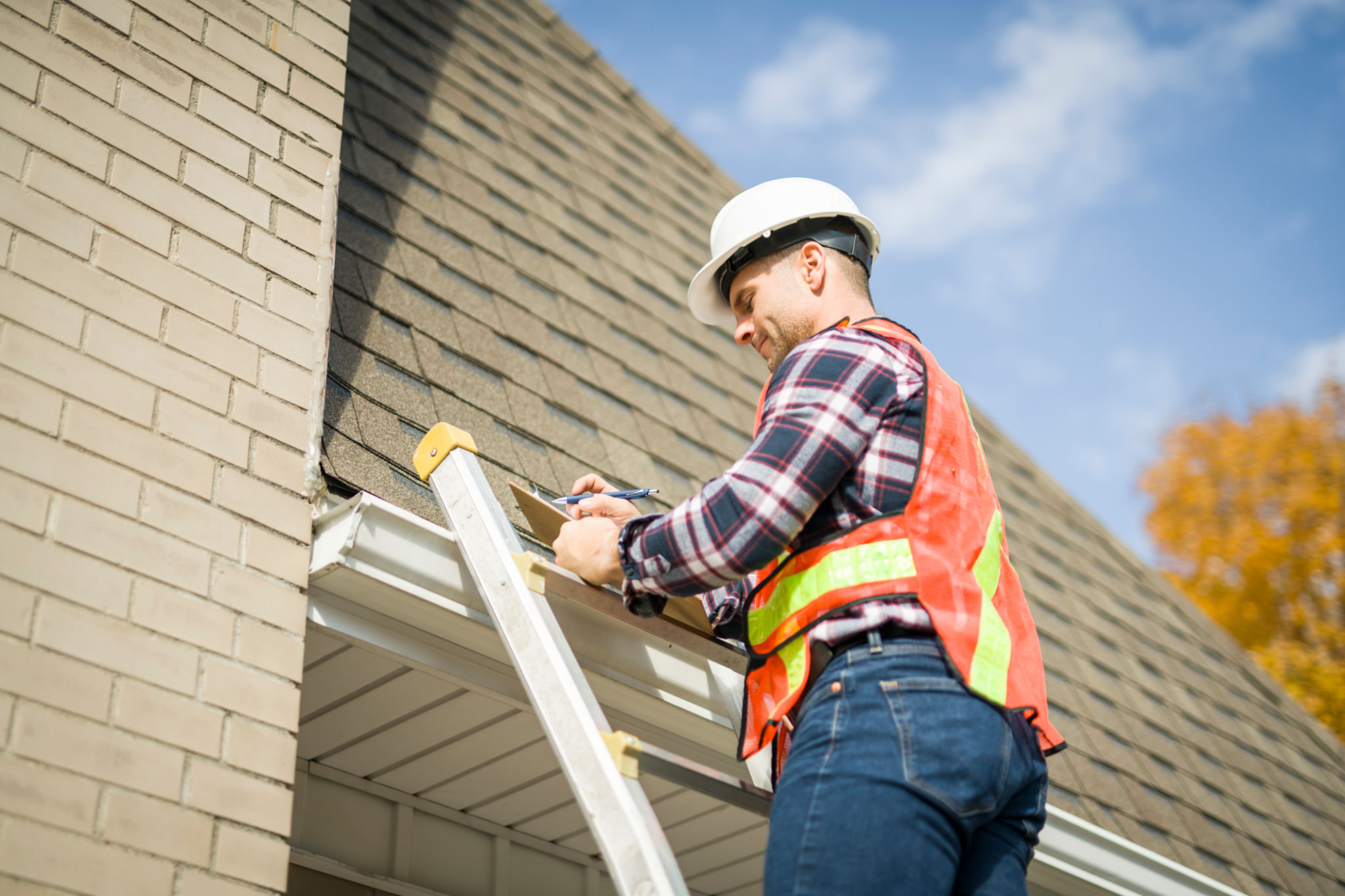Comparing Residential vs. Commercial Roofing in Milwaukee: What You Need to Know
Understanding the Differences Between Residential and Commercial Roofing
When it comes to roofing in Milwaukee, the needs and requirements for residential properties differ significantly from those of commercial buildings. Whether you are a homeowner or a business owner, understanding these differences is crucial to making informed decisions about your roofing project.

Materials and Design Considerations
One of the primary differences between residential and commercial roofing is the choice of materials. Residential roofs are typically made from asphalt shingles, wood, metal, or tile, each offering its own advantages in terms of aesthetics, durability, and cost. On the other hand, commercial roofs often use materials like single-ply membranes, metal panels, or built-up roofing systems due to their durability and ability to cover large surface areas efficiently.

Structural Differences
Another key difference lies in the structural aspects of the roofs. Residential roofs usually have a steep slope, which helps with water runoff and snow load management. This steep design is often complemented by an attic space that provides insulation. In contrast, commercial roofs are generally flat or have a low slope. This design facilitates the installation of heavy equipment like HVAC systems but requires more robust waterproofing solutions.
Installation and Maintenance
The installation processes also vary between residential and commercial roofing. Residential roofs typically require less time to install due to their smaller size and simpler design. In contrast, commercial roofing projects can be time-consuming as they often involve complex designs and larger surface areas.

Maintenance Requirements
Maintenance is another important aspect to consider. Residential roofs need regular inspections and occasional repairs, such as shingle replacements or gutter cleaning. Meanwhile, commercial roofs demand more frequent maintenance due to their flat surfaces, which can accumulate debris and water. Ensuring proper drainage and addressing minor issues promptly can prevent costly repairs down the line.
Cost Implications
The cost of roofing varies significantly depending on whether it is residential or commercial. Residential roofing projects can be less expensive due to the smaller size and simpler materials. However, high-end materials like slate or metal can increase costs. Commercial roofing tends to be more costly overall due to the complexity, larger areas, and specialized materials required.
Choosing the Right Contractor
Choosing the right contractor is essential for both residential and commercial roofing projects. It is crucial to work with experienced professionals who are familiar with local building codes and weather conditions in Milwaukee. A reliable contractor will not only provide quality workmanship but also offer valuable advice on material selection and maintenance practices.

Environmental Considerations
In recent years, environmental sustainability has become a significant factor in roofing decisions. Many homeowners are opting for eco-friendly materials like cool roofs that reflect more sunlight and absorb less heat. Similarly, commercial properties are integrating green roofs with vegetation to improve energy efficiency and reduce urban heat island effects.
In conclusion, understanding the differences between residential and commercial roofing is essential for making informed decisions that best meet your specific needs. By considering materials, design, installation, maintenance, costs, and environmental factors, you can ensure a successful roofing project in Milwaukee.